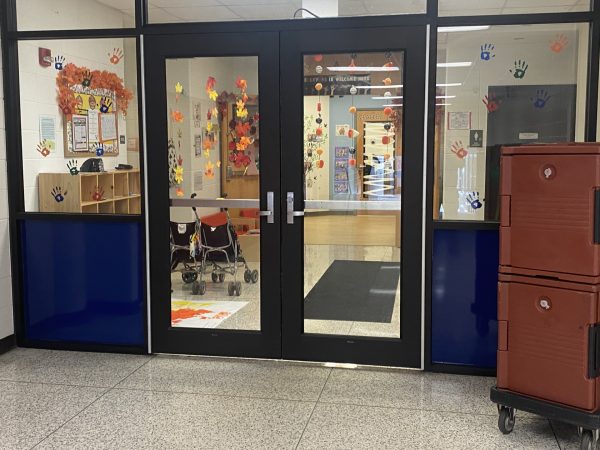SAD: More Than Just an Acronym
*anonymous
There are many myths and “alternative facts” surrounding what the most depressing day or month of the year is.
But one thing is certain: depression and winter are an icy combination.
Seasonal Affective disorder (SAD) is a seasonal depression that affects around 5% of the population. It’s most common in the winter and can also make winters worse for those who already struggle with depression.
North sophomore *Janis Smith has struggled with depression and anxiety since she was eight years old and has experienced crippling symptoms since.
“I’ve missed over a semester of school last year,” she said. “I had to take the last two weeks off because I was unable to get out of bed. That combination of depression and anxiety makes it hard to get anything done, to be productive, to get out of bed even.”
Depression, and, in particular, winter depression affect adults and adolescents alike every day, and other high schoolers also find their lives drastically affected by the all-consuming symptoms.
North student *John Williams said that in the past his school life and grades have been negatively affected by his depression.
“For a long time it pulled my grades down, I was a lot more tired. I felt the need to sleep more even though got plenty of sleep,” Williams said.
Both Smith and Williams find that depression makes school work and keeping good grades especially challenging.
While Smith as is aware of her mental health patterns and has been in therapy for depression and anxiety for years, she still finds that her depression takes a turn for the worst in the winter months.
Smith is not alone. Many people of all ages who struggle with depression find it worsens substantially in the winter months.
What some don’t realize is that they are struggling with SAD, or seasonal affective disorder. SAD is something most people don’t realize is real and serious.
But it’s real to the people who can barely pull themselves out of bed on dark winter mornings. It’s real to those who don’t understand why they have a deep desire to be alone around the holidays, when family and friends should be abundant.
Williams talks about how he is affected by winter and the holidays.
“Usually I go up a little bit around Christmas and then back down after,” Williams said.
This is common for people who struggle with depression. Either the holidays are a high point surrounded by the dark melancholy months that surround it, or the holidays are a time of loneliness and sadness.
“I just don’t get excited or get all, ‘yay, it’s Christmas,’” Smith said. “I just feel numb.”
Smith, Williams, and many other students struggle to make it during the winter months.
“It ruined my life,” Williams said. “But therapy and medication really saved me.”
Getting help is the first and most important step in battling depression. When asked to give other students struggling with depression advice, both Williams and Smith said the most important thing is to seek professional help and to make sure you’re not going through it alone.
“Go to therapy and get medical attention,” Smith said. “Seek help because I didn’t. Seek help even though it seems scary.”






